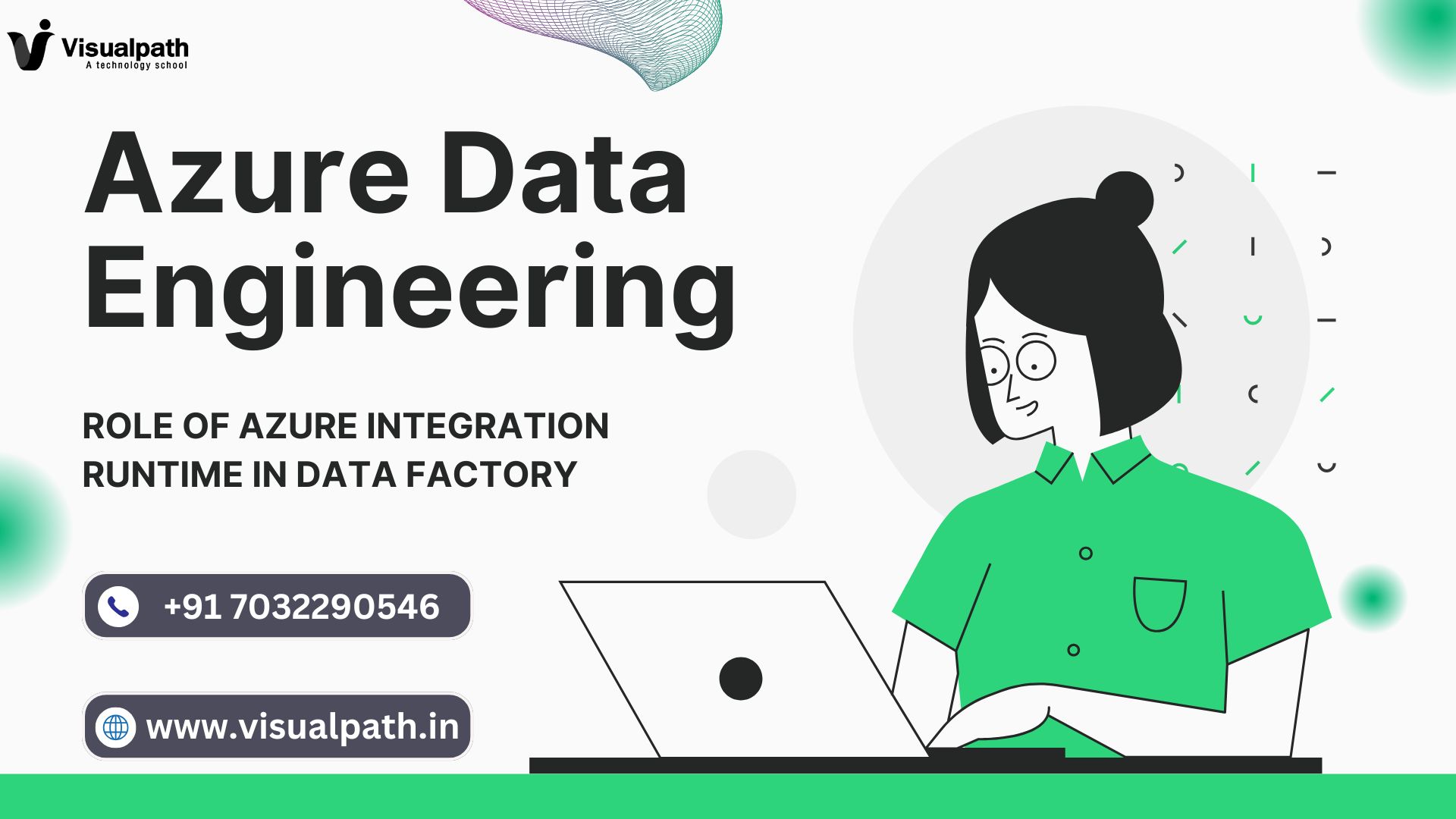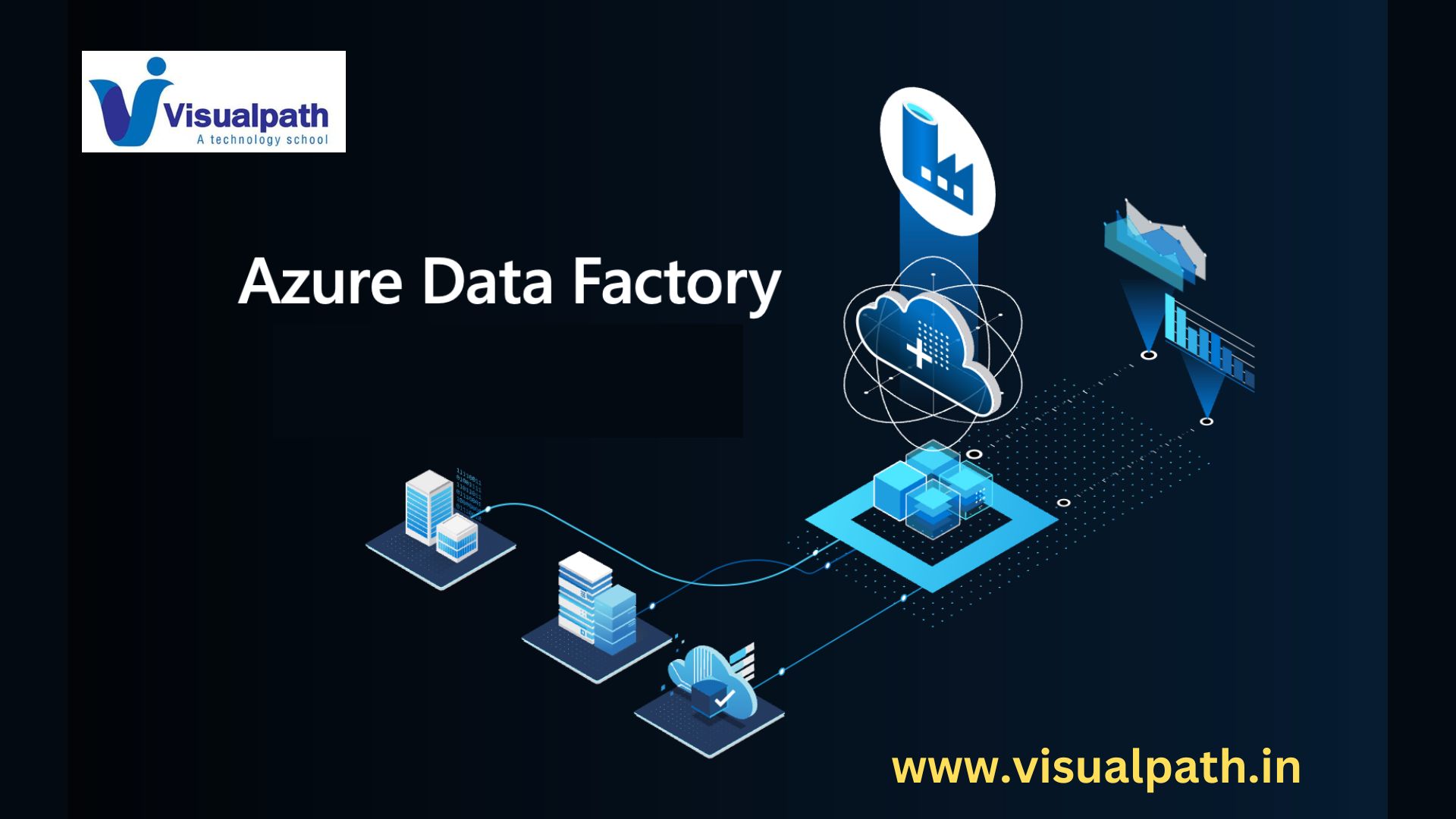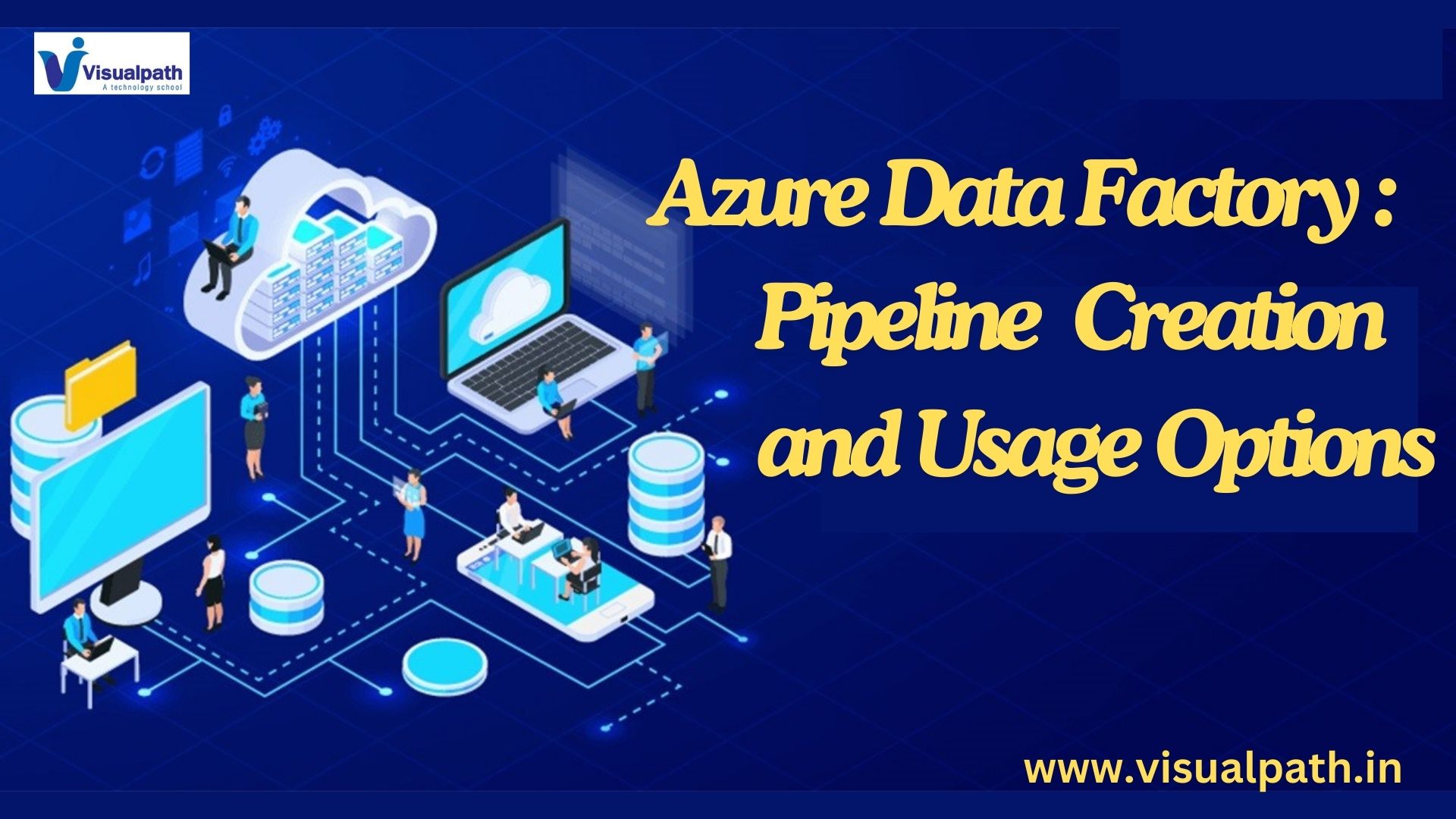Azure Data Factory (ADF) is a powerful cloud-based data integration service that enables you to create, schedule, and orchestrate data workflows at scale. One of the core components that empower ADF to move and transform data is the Azure Integration Runtime (IR). Understanding the Azure Integration Runtime in Data Factory is essential for building efficient, secure, and scalable data pipelines across on-premises, cloud, and hybrid environments.
What is Azure Integration Runtime?
Azure Integration Runtime is the compute infrastructure used by Azure Data Factory to provide various data integration capabilities across different network environments. It acts as a bridge between ADF and data sources, enabling data movement, transformation, and dispatching of activities. Azure Data Engineer Training
It serves three main functions:
- Data Movement: Copies data across various data stores (e.g., from Azure Blob Storage to Azure SQL Database).
- Activity Dispatch: Sends and monitors activities like stored procedures, Databricks notebooks, or HDInsight jobs.
- Data Flow Execution: Runs data flows which allow for visual data transformation.
Types of Integration Runtime
Azure Data Factory offers three types of Integration Runtimes, each suited for different scenarios: Azure Data Engineer Course Online
1. Azure Integration Runtime
This is the default IR provided by Microsoft and is used for:
- Moving data between cloud-based data stores.
- Transforming data using mapping data flows.
- Executing activities in supported Azure environments.
Use Case: Ideal for cloud-to-cloud data movement and transformation, where all resources reside in Azure. Azure Data Engineer Course
2. Self-hosted Integration Runtime
This IR is installed on an on-premises server or a virtual machine and is used for:
- Accessing on-premises data sources (e.g., SQL Server, Oracle).
- Moving data between on-prem and cloud environments securely.
Use Case: Perfect for hybrid integration scenarios where data needs to be transferred from an on-premises database to a cloud destination or vice versa.
3. Azure SSIS Integration Runtime
This runtime is specifically designed to lift and shift existing SQL Server Integration Services (SSIS) packages to Azure. It provides full SSIS engine compatibility in the cloud.
Use Case: For organizations migrating existing ETL workflows based on SSIS to the cloud without rewriting packages.
Key Benefits of Azure Integration Runtime
- Scalability: Azure IR can autoscale based on data volume and performance needs, ensuring cost-efficiency and performance optimization.
- Security: With Self-hosted IR, data never leaves your secure environment without encryption. It supports IP whitelisting, managed identity, and other security mechanisms.
- Flexibility: Supports diverse environments — on-premises, multi-cloud, or hybrid — making it ideal for complex enterprise data landscapes.
- Global Reach: Azure IRs can be deployed in different regions to ensure low-latency and compliance with data residency requirements.
Choosing the Right Integration Runtime
Selecting the correct IR depends on several factors such as: Azure Data Engineer Training Online
- Location of data sources/destinations (on-premises or cloud)
- Security policies and compliance
- Performance requirements
- Existing infrastructure (like SSIS packages)
In many real-world scenarios, organizations use a combination of all three runtimes to cater to various integration needs across environments.
Conclusion
The Azure Integration Runtime in Data Factory is the backbone of data movement and transformation in Azure. Whether you’re working in the cloud, on-premises, or a hybrid setup, understanding and correctly configuring the appropriate IR ensures your data pipelines are secure, efficient, and scalable. As data environments grow more complex, mastering the capabilities and best practices around Azure Integration Runtime is essential for any data engineer or architect working within the Azure ecosystem.
Trending Courses: Artificial Intelligence, Azure AI Engineer, SAP PaPM




